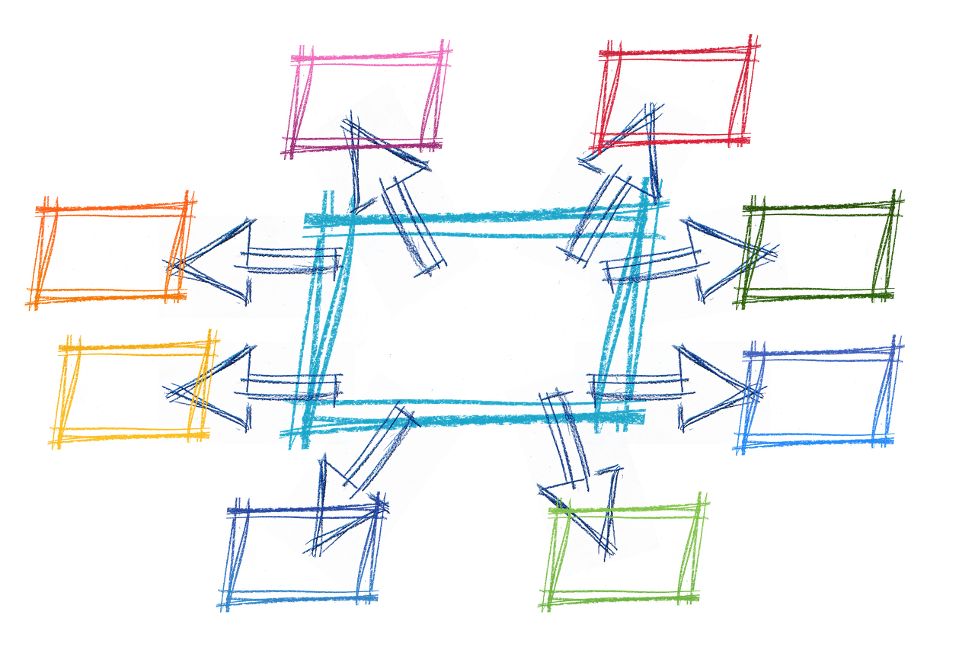What do we get, in business, from the fourth Industrial Revolution? This term is popularly used to talk about new advances in enterprise over the last few decades, and the next way station in technological development after the initial emergence of computing power during what’s often called the ‘third Industrial Revolution.’
The fourth Industrial Revolution has brought us quite a few fundamental tools with which to reinvent processes, and change the face of business in the twenty-first century. Here are some of the top advances we have gotten from this seismic shift in how we use technologies.
Contents
The Fourth Industrial Revolution: and Previous Industrial Revolutions
To put this in context, the fourth Industrial Revolution builds on previous eras of technological advancement.
The first Industrial Revolution generally relates to mass production, and the use of steam and water power.
The second Industrial Revolution involved transfer and production technologies like the telegraph and the railroad.
The third Industrial Revolution had to do with the rise of computing power and data as modern business tools.
With that in mind, the fourth Industrial Revolution has to do with all of today’s big innovations in data transfer, automation, and more.
Here are some of the major contributions of the fourth Industrial Revolution to business:
Artificial Intelligence
Everyone’s talking about the potential of sentient AI to assist enterprise. This is one of the most fundamental changes we’ll see in the business world in the years to come. Artificial intelligence and machine learning are automating processes across the board, and making it easier for executives and others to imagine a future that’s really a whole new world, where old business models will be quickly discarded, and new ones adopted, for massive efficiencies.
Internet of Things
The Internet of Things or IoT has to do with more robust connectivity for appliances and machines. It also intersects with robotics, where robots implemented with sentient AI can do more things autonomously, and operate freely, to eliminate a lot of human labor in business processes.

Web 3.0
Web 2.0 was a ‘read and write web’ where information was a two-way street. That was an improvement over Web 1.0, which was, essentially, mostly the broadcasting of text and images (and sometimes, video and sound.)
The web of the future, web 3.0, is discussed as a read/write function web, where much more automation and functionality will be built into the global Internet.
Some also call this the ‘semantic web,’ where mapping and graphing will help accomplish automation goals. Tools like JSON and tokenization will help to usher in a new era of Internet use.
Blockchain
Many people believe that money will move on Web 3.0 over the blockchain – an open and immutable data ledger system, blockchain eliminates the need for traditional banking systems, and frees up money to move around the world in what’s called frictionless transactions.
3D Printing
Combining AI and robotics with 3D printing allows for the automated production of products, which will change the face of business and lead to much less human supervision in manufacturing and support businesses.
Genetics
One other aspect of the fourth industrial revolution has to do with understanding our own bodies and our biology. By mapping the human genome, scientists are getting further in advancing medical technologies. Genetics can also be combined with other tools like artificial intelligence, for powerful implementations in healthcare and beyond.
Renewable Energy Technologies
Many people consider renewable energy technologies like lithium ion batteries and solar panels to be parts of the fourth Industrial Revolution. To the extent that we can replace fossil fuels with renewable energies, this will be a major use case for these new technologies, and a very important intervention in both the environment and the business world.

Quantum Computing
By moving beyond the binary age to a conception of computing as quantum-based, innovators are starting to envision a new revolution in computing systems, where the straightforward progress of Moore’s law gives way to an entirely new processing framework.
This might also have a powerful effect in the fourth Industrial Revolution.
Although people are starting to hear more about this phenomenon, a lot of this change is, as of yet, unanticipated. It makes sense for companies to look at how this works. Take a look at how to pivot and add the capabilities of the new tech to your business processes.

